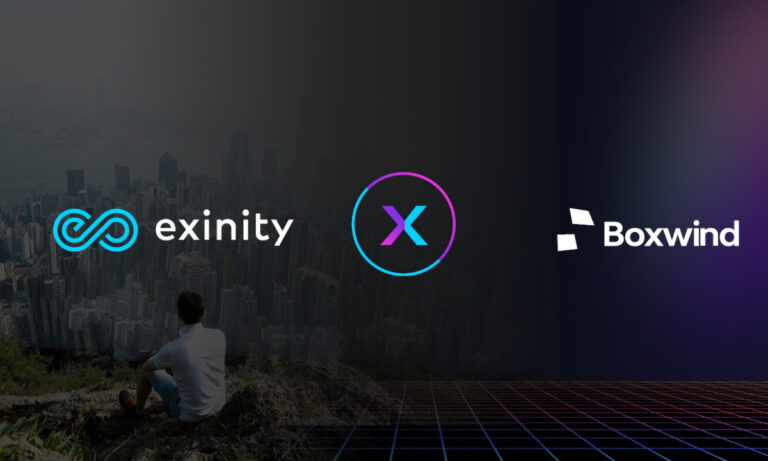Chainlink’s CCIP: Transforming Banking and Green Finance at Sibos

- At the Sibos event, Chainlink’s co-founder, Sergey Nazarov, unveiled the Cross-Chain Interoperability Protocol (CCIP) and its potential to redefine banking.
- ANZ, one of Australia’s prominent institutional banks, is collaborating with Swift and other global financial institutions to create a blockchain interoperability model.
Sibos, a gathering orchestrated by global financial giant Swift, is where some of the brightest minds in the financial world converge. At this paramount event, Chainlink’s co-founder, Sergey Nazarov, unveiled a groundbreaking innovation – the Cross-Chain Interoperability Protocol (CCIP) – poised to redefine the banking landscape. Following his enlightening keynote, Nazarov shared the stage with Nigel Dobson, the Banking Services Lead at ANZ, to delve into the transformative impact of CCIP.
ANZ, renowned as one of Australia’s most prominent institutional banks, is boldly stepping into the blockchain realm. Through collaboration with Swift and other global financial pillars, they are crafting a revolutionary blockchain interoperability model. This innovative approach empowers more than 11,500 banks to seamlessly transfer tokenized assets between diverse blockchain platforms, harnessing the combined strengths of Swift’s Public Key Infrastructure (PKI) and Chainlink’s CCIP.
ANZ’s foray into blockchain has already yielded fruit. They are leveraging CCIP to launch groundbreaking green financial initiatives like reef credits. These credits serve as financial rewards, motivating farmers to adopt environmentally conscious practices that minimize nitrogen runoff, crucial for preserving the iconic Great Barrier Reef.
Dobson shed light on the promising horizon of fractionalized tokenized assets. He envisions these assets, particularly green credits, as a compelling offering for brands to pair with their products. Transitioning from traditional over-the-phone trading of assets like carbon credits to a sophisticated blockchain infrastructure represents a “substantial uplift” in ANZ’s operational model. Dobson expressed his excitement, stating, “The leap to state-of-the-art financial market infrastructure for assets we are passionate about is exhilarating.”
The Limitless Potential of CCIP
Chainlink’s CCIP is not just another tech protocol; it promises to reshape the financial world. With over 90% of institutional investors expressing keen interest in tokenized products, Dobson envisions banks offering a diverse range of tokenized real-world assets to meet this growing demand.
He predicts a near future where digital wallets become synonymous with bank accounts. These wallets would empower customers to trade, gift, or simply own tokenized nature-based assets.
Nazarov echoed these sentiments, emphasizing CCIP’s ability to amalgamate different ledgers and infrastructures, drastically reducing transaction times. He envisions a future, perhaps just a decade away, where every bank has its unique blockchain, stablecoin, and a myriad of tokenized real-world assets.
In Nazarov’s words, “Banks taking the lead in this transformation, much like pioneers in digitized data or the internet, are poised for unparalleled success.”














